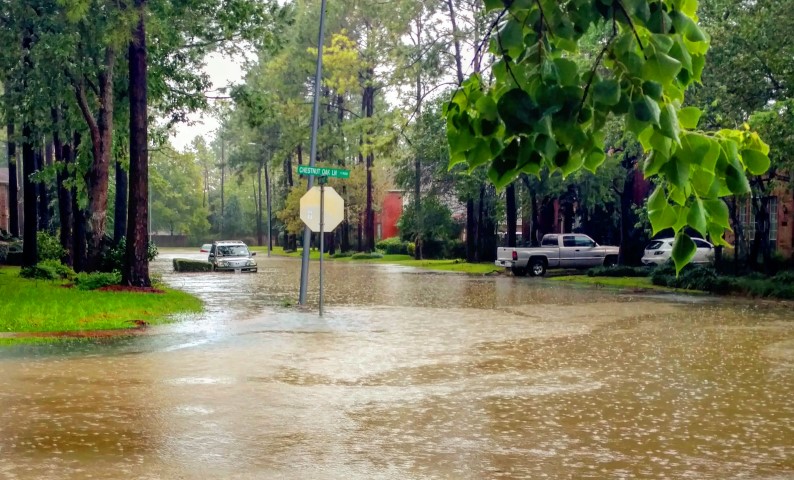Flooding in Florida
Flooding is far from uncommon in the sunshine state, where the land sits near or at sea level. With an additional rainfall of 53.7 inches each year, Florida is the fifth-rainiest state in the US. Preparing for a flood is a year-round necessity in Florida. There is no flood season per se, but preparing for a flood is especially important during hurricane season. Florida’s top flooding causes are hurricanes, tropical storms and excess rainfall.
Flood Insurance
Since flooding is common in Florida, most homeowners insurance plans do not cover flooding explicitly. You’ll likely need to get separate flood insurance coverage. Flood Insurance costs about $500 or less a year, a small price to save yourself from spending thousands on flood repair down the line – even one inch of flooding in your home can cost $25,000 to repair. With situations like these in mind, ensure that your home is covered.
Flood Zones
In Florida, there are high-risk, low-risk and moderate-risk flood areas. Flood zones describe the flood risk for specific areas, and those flood zones determine insurance requirements and costs.
Moderate to low-risk flood zones are designated by letters B, C and X on FEMA flood maps. High-risk flood zones begin with the letters A or V on FEMA flood maps. Homes and businesses in high-risk flood areas with government-backed mortgages are required to have flood insurance, but even those living outside of high-risk zones might still be required to have flood insurance by their lender.

Preparing Your Home
There are several ways to alleviate the damage of flooding before it happens, primarily considering the structure of your home.
Some examples of preparing your home for a flood include:
- Install ventilation vents or a sump pump to lead water through your home instead of pooling around it
- Apply coatings and sealants as a form of dry flood-proofing
- Raise electrical outlets and switches to avoid electrical damage as much as possible
- Install check valves on pipes to prevent a flooded sewage system from backing up in your home
- Use heavy soil that contains clay and grade your lawn away from your home to prevent water from pooling around your house
- Leave space between mulch and siding
- Point your downspouts away from your home
- Ensure that air conditioning units, generators, water heaters, washing machines and dryers are placed high off the ground.
- Install ventilation vents or a sump pump to lead water through your home instead of pooling around it
- Apply coatings and sealants as a form of dry flood-proofing
- Raise electrical outlets and switches to avoid electrical damage as much as possible
- Install check valves on pipes to prevent a flooded sewage system from backing up in your home
- Use heavy soil that contains clay and grade your lawn away from your home to prevent water from pooling around your house
- Leave space between mulch and siding
- Point your downspouts away from your home
- Ensure that air conditioning units, generators, water heaters, washing machines and dryers are placed high off the ground.
Triad Damage Restoration
Flooding can result in a long list of perils in your home, including mold and mildew, damage to septic systems and water wells, appliance damage and structural and electrical damage. Triad assists customers after facing flood damage, including mold and water restoration.
Are you experiencing flood damage on your property? We want your house to become your home again. We offer complimentary consultations for restoration projects. Contact us today to learn more about our rates, services and insights.

